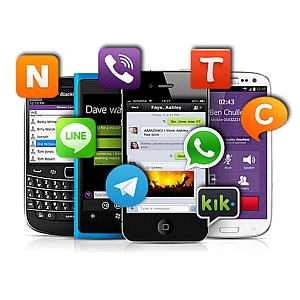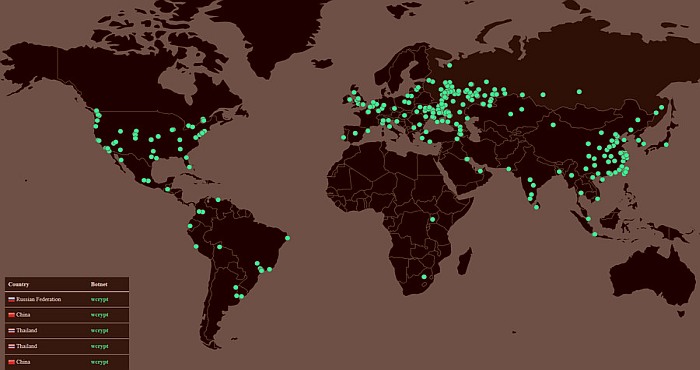This past weekend hospitals, major companies, and government offices across over 74 countries were hit by a massive wave of cyberattacks. These attacks were officially named Ransomware, and the purpose of the attacks were to seize control of company computers and hold them until the people within the system paid a ransom.
According to cyber protection firm Avast, there were a reported 75,000 ransomware attacks on Friday, making it the largest cyberattack in history. Also, according to Avast, a good majority of the attacks were targeted at Russia, Ukraine, and Taiwan. United Kingdom hospitals, Chinese universities, and major global firms such as FedEx also reported attacks.
The Ransomware attacks were designed to continually contact an unregistered domain and in order to analyze the attacks, a U.K security researcher who goes by the name of MalwareTech registered the domain. In doing so, he rendered the attacks useless, as it turns out that in order to keep inflicting damage, the Ransomware attacks needed to be unregistered. This being said, however, a skilled hacker could still gain access to the attack’s software and release it again.
In March, Microsoft had released a patch to protect computers against similar attacks. Computers and networks that hadn’t utilized the patch yet were still in danger and vulnerable to the attacks. These patches, says Microsoft also won’t do any good on systems that have already been hit by Ransomware.
Once affected, the system administrators have six hours to pay the set ransom before the ransom increases in monetary value.
By Saturday, experts had guessed that the attacks had made nearly $20,000 in ransom money, with each person paying the initial starting ransom of $300 within the first three hours.
At this point, it is hard to say just how much damage the attacks caused, and despite having locked down the virus, it could still be lurking within some systems. The release of even one part of the virus could trigger the whole event for a second time. In fact, the virus is so infectious that with one click of a virus-containing-link in an email account, the virus could wipe out the whole system of computers that are attached to the computer that was used to open the email.
Friday was a big day for affected companies, and the researchers who worked to kill the virus. Luckily, it seems to be under control- like any weapon, though, it can still be put to use. If it was, the effects would be catastrophic.

